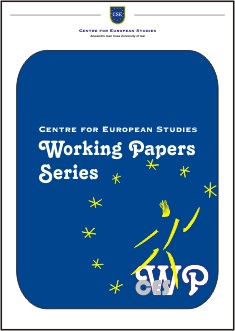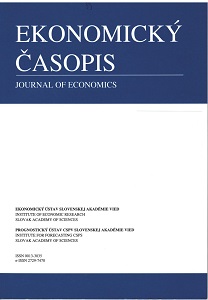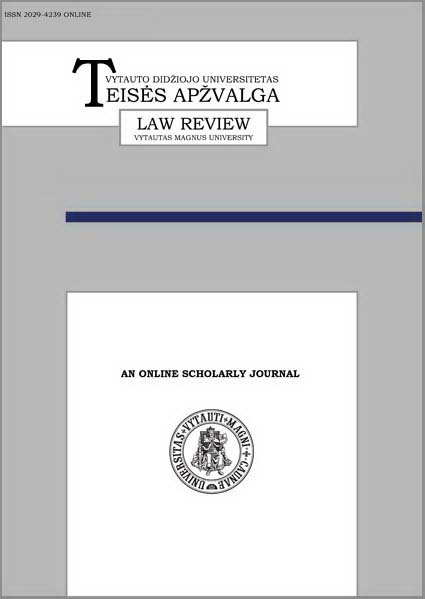
Demythologization of the «controlled chaos» as a tool for geopolitical war: economic and sociocultural markers
Through the example of ten countries of Asia, Africa and the former Soviet Union, where the so-called «color revolutions», coups d’etat and civil wars occurred in the past decades, the inconsistency of particular foundations of the theory of «controlled chaos» have been ascertained. The reasons for prolonged social turbulence in these countries are, in the first instance, intrinsically conditioned. They are related to existing fundamental social and economic problems within these countries. The role of the external interference in the matters of sovereign states in the contemporary political discourse is grossly exaggerated. A particular interest for our research presented a «decade of revolutions» - a time of growth, culmination and decline in the social tension. Chronologically, the revolutionary «outbursts» are arranged as follows: Ukraine - 2004, 2014; Armenia - 2018; Georgia - 2003; Kyrgyzstan - 2005, 2010; Lebanon - 2005; Syria - 2011; Egypt - 2011-2013; Tunisia - 2010-2011; Myanmar - 2007; Vietnam - 2018.«Controlled chaos» is an exquisite yet paradoxical and utopian in its substance metaphor which disguises a natural human striving to put the blame for their misfortunes on anyone else except themselves. A search for an external enemy, which represents a historically well-proven political technology, averts the public attention of the country, which remains in a turbulent condition, from real issues and allows corrupt elites to continue satisfying their materialistic aspirations thus plunging the country into the state of decline.
More...
















